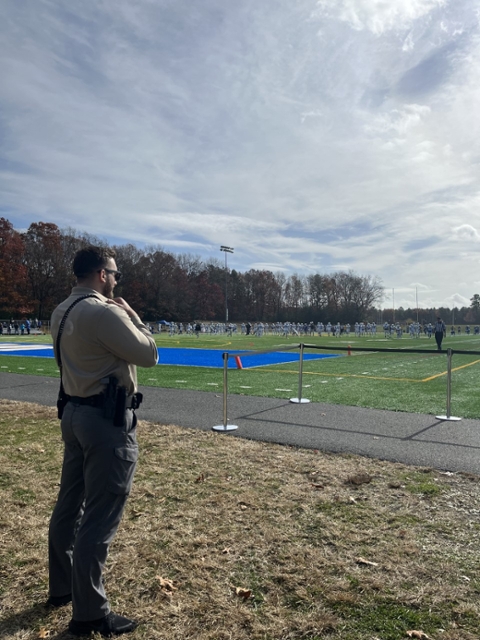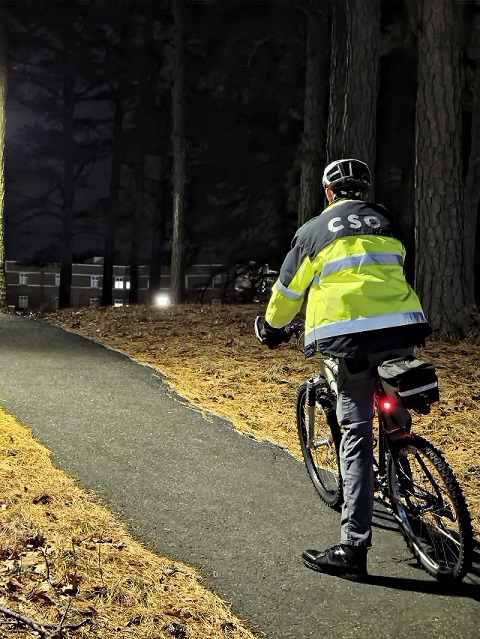Safety Through The Ages
During the 1970s, Western New England University had contracted a private security company to oversee the various security needs of the college at that time. The function of this agency was primarily service oriented and the watchmen locked and unlocked buildings and checked the physical security of academic buildings after hours. Some of the functions of the early security establishment remain part of the present-day campus police agency at Western New England University. The first security office was located in the basement of Emerson Hall. Western New England University employed Mr. Harold Clinton as the Director of Security who liased between the security company and the college itself. As the college was transitioned to a primarily resident campus, Western New England University established its first campus police department in 1982. This growth in area and facilities led the college administration to replace the contract security with an in-house department. In this way, the college would be able to directly oversee the operations and the professional standards of the department.

In 1983, Jeffrey Wilcox was hired as the first Director of Campus Police. Chief Wilcox had previously been a Sergeant in the neighboring town of Wilbraham. His insight and experience suited the needs of the campus as he instituted a paramilitary police structure. Chief Wilcox employed a Lieutenant as his second in command and corporals assigned to supervise several officers on every shift. Officers received their arrest powers through the City of Springfield and complete rudimentary police training at the former Criminal Justice Training Center in Agawam. The college's first campus police department was located in the present-day student mailroom in the Campus Center.

Chief Wilcox departed Western New England University in September of 1988 for a position at the University of the Holy Cross in Worcester. Lt. Patricia Godin was named acting Director of Campus Police until January of 1989, when Chief Gary Barnes was hired as successor to Chief Wilcox. The agency’s title was changed to The Department of Public Safety to encompass a wide variety of police and security services that the department had been offering. University Police Officers then received their arrest powers through the Massachusetts Commissioner of Public Safety, under Massachusetts General Laws, Chapter 147 § 10G. Training was still provided at the former Massachusetts Criminal Justice Training Center in Agawam.
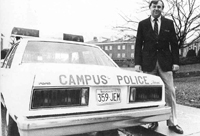
During the late 1980s, the Department of Public Safety had a compliment of 20 personnel and was comprised of a Director, Assistant Director, five Sergeants, and thirteen officers. In 1989, the title Public Safety Officer was coined to describe the officers of the department. The department patch and badges worn by the officers was changed to reflect the new title. Officers fulfill both the role of police officer and security agent, meeting all the needs of the college. Officers served as dispatchers and several officers were trained as locksmiths. Department operations moved from the Campus Center to a college-owned house on Bellamy Road.

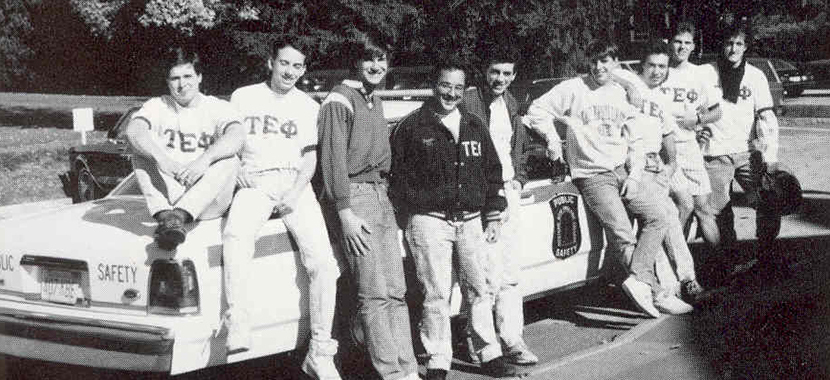
In 1991, the Massachusetts State Police merged with the Metropolitan District Commission Police, the Registry of Motor Vehicle Police, and the Massachusetts Capitol Police to form the Department of State Police. As a result, arrest powers for campus police officers were and are still granted by the Massachusetts State Police under MGL Chapter 22C § 63, empowering University Police Officers as Special State Police Officers. During the 1990s, Chief Barnes began a campaign to increase the professionalism of the department. The enhanced security services provided by the department were supplemented by advancing the training of officers. The next generation of the residential hall proximity card access system was implemented during this time, and several CCTV surveillance cameras were installed on campus. Throughout the 1990s, the number of services and programs offered by the Department of Public Safety continued to grow.

In 1993, the Massachusetts State Police formalized training standards for campus police officers. A 16-week recruit-training academy was created, and several locations around the state served as academy sites. State Police instruction that parallels the existing training of the State Police was given to campus police recruits. During this time, the Department of Public Safety moved its base of operations to the former maintenance building behind Berkshire Hall, where it remains to this day. With the construction of the new Healthful Living Center, a new branch of the department is created that is dedicated to the internal security of the building and its occupants. Adopting the Community Policing philosophy, the department established the Bicycle Patrol Unit in 1994. It is only the second of such specialized police units in Western Massachusetts. The Student Patrol program was organized in 1995. Serving as the eyes and ears of the department, student workers patrol the campus on busy evenings and monitor the surveillance cameras from the police dispatch center. In 1999, the new position of Community Service Officer was created. The position was designed as a career ladder for students wishing to become police officers so they could gain valuable work experience in the field of law enforcement. The function of the CSO was to alleviate many of the service-oriented calls that the Public Safety Officers were handling, allowing them to concentrate on matters of a more criminal nature. The CSO position was eventually phased out in 2004 as the department moved towards formalizing its police structure.
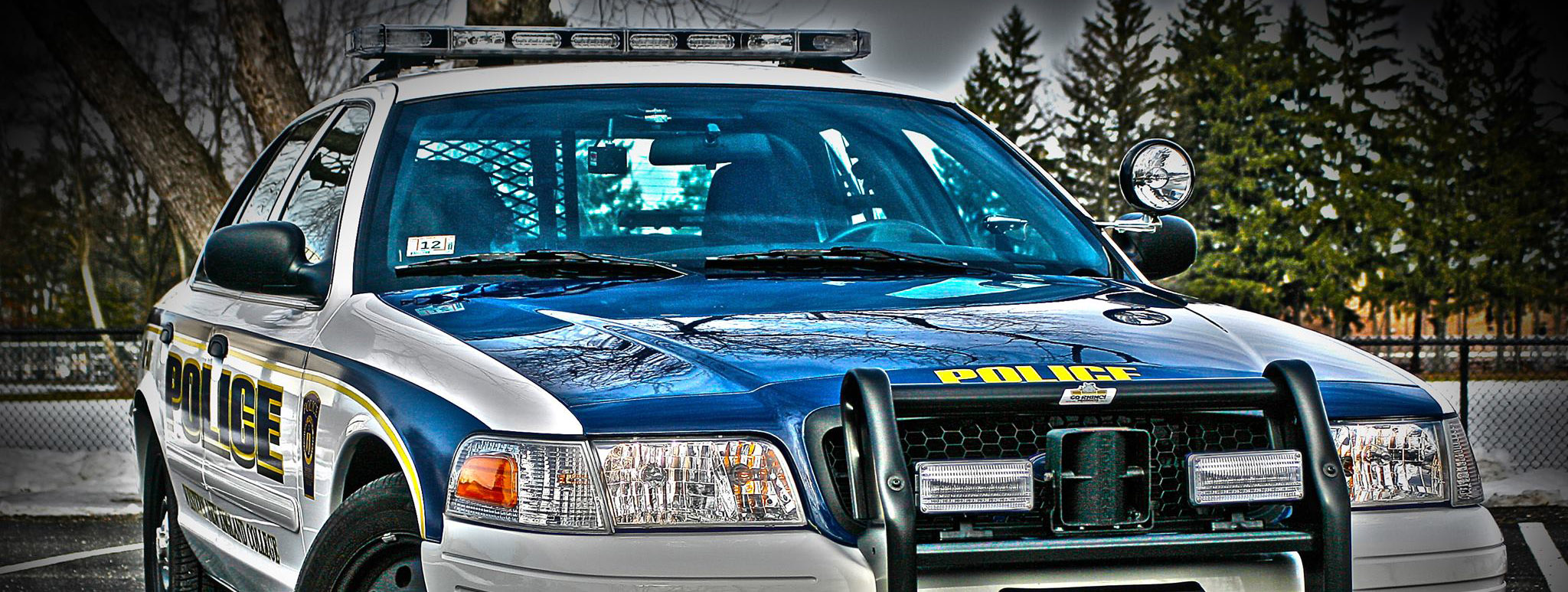
During the past several years, the Department of Public Safety continued to evolve. The Department encompasses a multitude of services: police, security, access control, emergency dispatch, etc. With events in the nation dictating a more professional police presence on college campuses, the Department of Public Safety took on the challenge of enhancing the quality of police services provided by the department. With training standards already in place by the Massachusetts State Police, the Department of Public Safety strives to exceed these standards and provide the best quality services to the Western New England University community. In 2005, the Board of Trustees at Western New England University granted its sworn police officers the authority to carry firearms on duty. Civilian Dispatchers are hired and trained so that police officers can be out amongst the public and protect the college community.
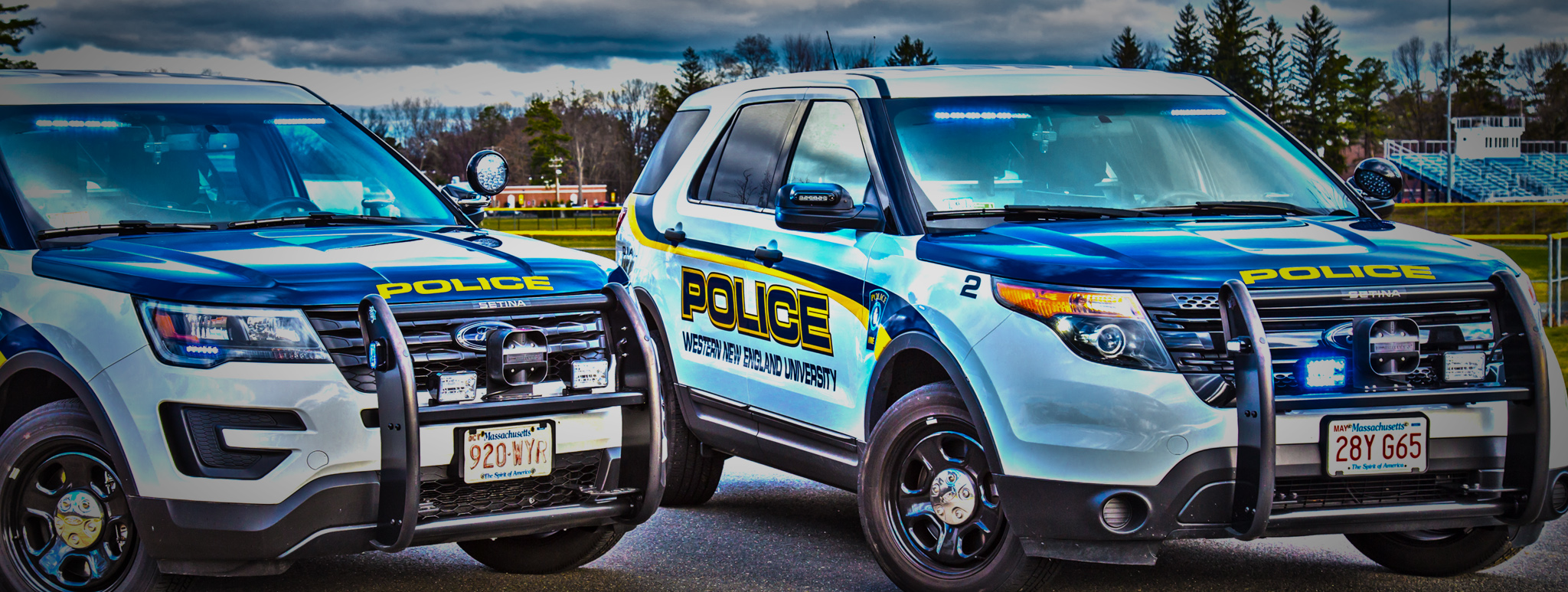
In January of 2007, Chief Barnes retired from service to the Western New England University Department of Public Safety. Captain Adam Woodrow was appointed as the new Director of Public Safety and promoted to the title of Chief of Police. Chief Woodrow remained true to the standards of professionalism, service and the community-oriented philosophies first established by Chief Barnes. At the time, the department was comprised of a Chief of Police, two Lieutenants, four Sergeants, ten police officers, and four civilian dispatchers. Under the leadership of Chief Woodrow, the Department continued to evolve, incorporating new technologies and training to enhance the level and quality of service provided by the Department of Public Safety.
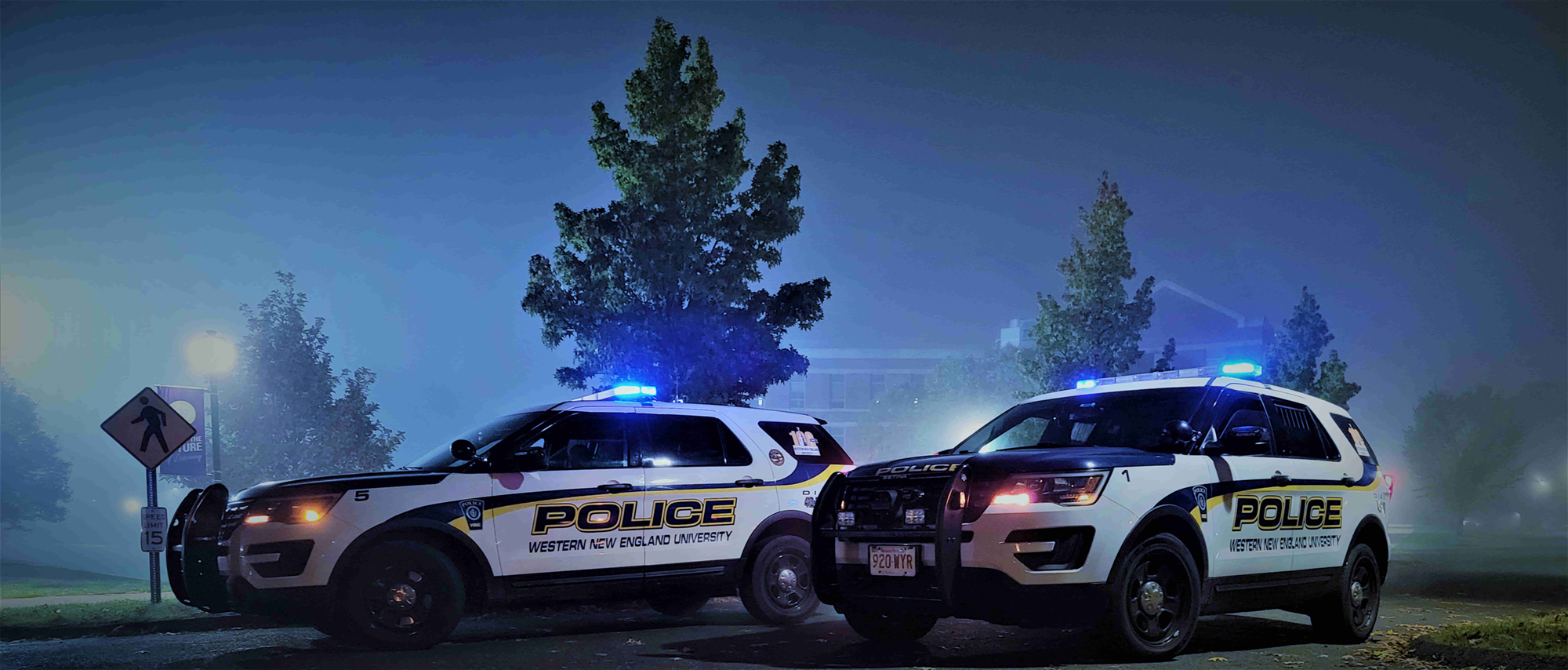
In May of 2022, the Board of Trustees authorized Chief Woodrow to reinstate the Community Service Officer program. The goal of the Community Service Officer program remained the same as it did during its original founding in 1999. Six Community Service Officers were hired and provided with advanced training, which includes certification as a First Responder.
In 2023, Chief Woodrow retired after serving Western New England for 37 years. Thomas Ford took over as chief of police and assistant vice president of campus safety and security. Chief Ford was previously a Sergeant on campus since 2020 and has over 30 years of experience in law enforcement.
The department is currently comprised of a Chief of Police, a Captain, an Administrative Lieutenant and a Detective Lieutenant, four Sergeants, twelve Police Officers, six Community Service Officers, and four civilian dispatchers. As the university's community continues to grow, the job of the Public Safety Department will continue to evolve into the next generation of law enforcement and public protection.
